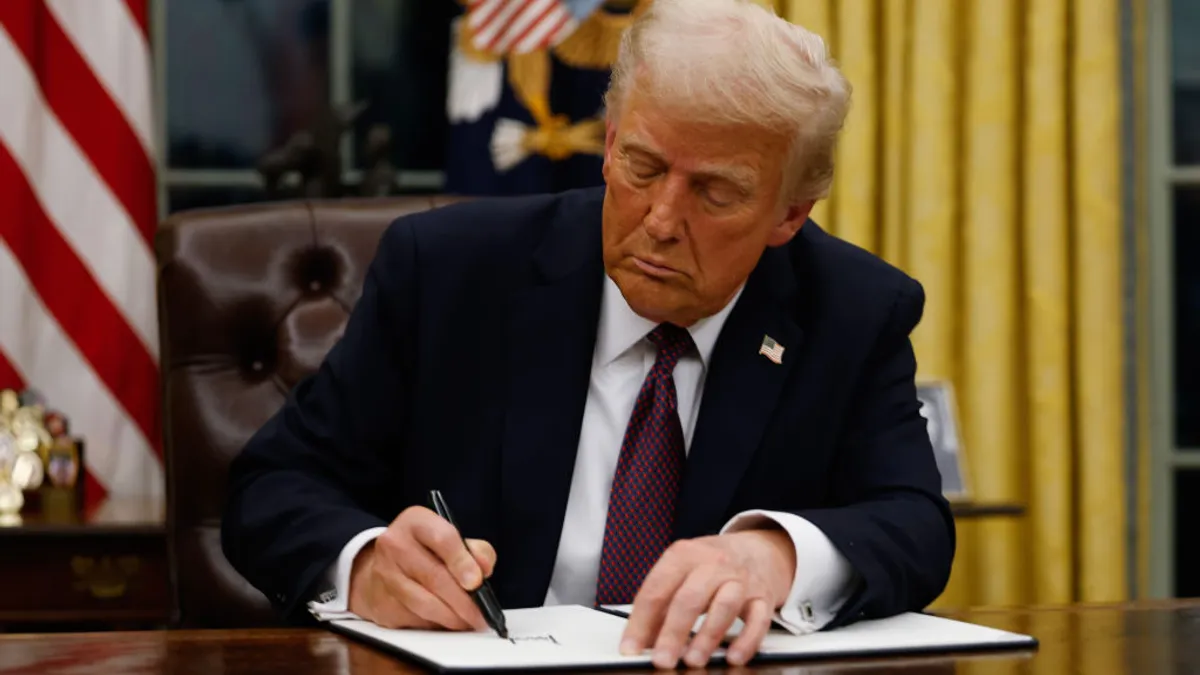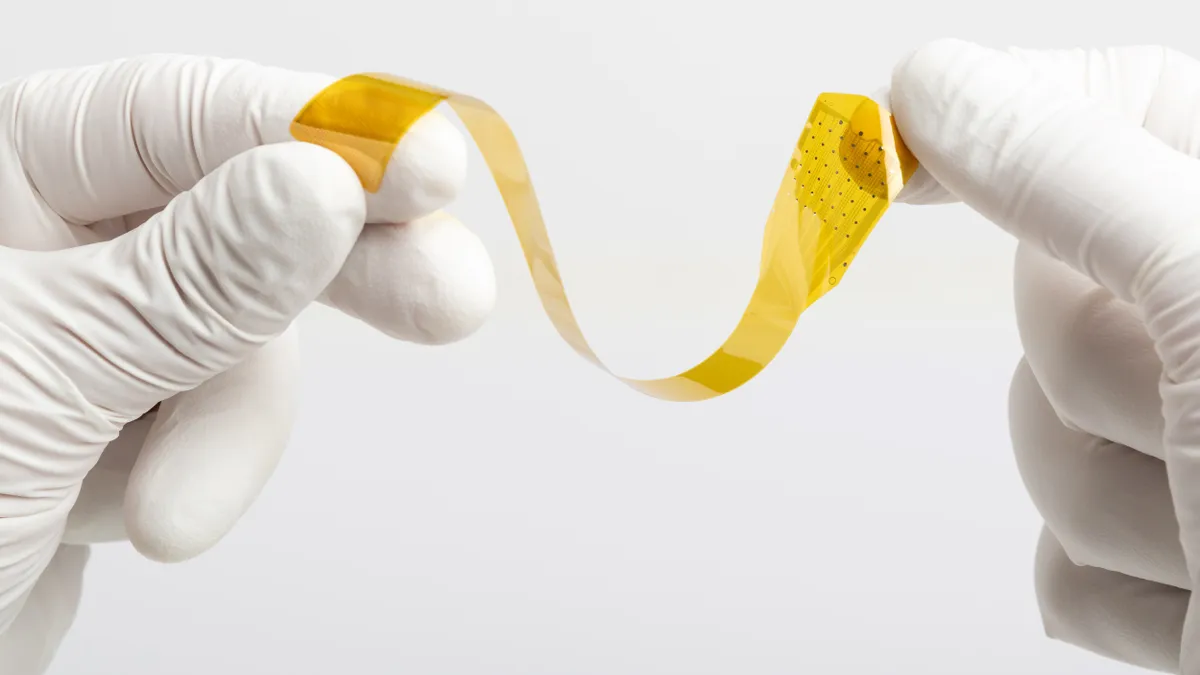Provider groups slammed CMS for an interim final rule released Thursday that lays out the arbitration process for determining out-of-network payments so that patients don't receive surprise bills.
The second major rulemaking on the No Surprises Act establishes that existing rates in a provider's geographic area will be a strong anchor for final payment decisions by arbitrators. Providers had hoped several factors would have weight in the determination.
Hospital lobbies called the regulation a "total miscue" and "windfall for insurers." "This rule violates the intent, if not the actual letter, of the No Surprises Act and shatters a rare bipartisan, industry-wide agreement for equitable provider-insurer dispute resolution," the American College of Radiology said in a statement.
The latter group said it will result in big cuts to imaging.
The latest rule follows other rulemaking enacting the law by establishing that payment to providers out of network will be based on state all-payer model agreements. The first rule also laid out the qualifying payment amounts — the amount paid to providers not in network but providing care at an in-network facility — will be tied to a plan's median in-network contracted rate for a geographic area, so long as there are at least three contracted rates available.
The new interim final rule states that the independent dispute regulator, after receiving offers from the payer and provider, must choose the payment amount closest to the QPA unless one party submits documentation that "clearly demonstrates that the QPA is materially different from the appropriate out-of-network rate."
They cannot consider public reimbursement rates, the amount the provider would have billed if the law banning surprise billing didn't apply, or usual and customary charges.
Payer lobby AHIP unsurprisingly reacted favorably to Thursday's rule, saying it would encourage providers to join networks and avoid premium increases. "This is the right approach to encourage hospitals, health care providers, and health insurance providers to work together and negotiate in good faith," the group said in a statement.
Loren Adler, associate director of the USC-Brookings Schaeffer Initiative for Health Policy, said the approach from HHS is "consumer friendly" and agrees it avoids potential premium hikes. "By making expected outcomes from arbitration more predictable, the [interim final rule] should also have the effect of minimizing abuse of the arbitration process and thereby limiting administrative costs, which otherwise would generally be passed through to consumers in the form of higher premiums," he said.
The rule could use more clarification, however, on factors that can be considered during arbitration, to avoid the risk of only pushing prices above the QPA and never below, Adler said. "Especially since all the evidence to date suggests that the qualifying payment amount is still notably higher than prices that would have emerged in a more normal market," he said.
The process begins with a 30-day period of open negotiation between providers and insurers. If an amount can't be agreed upon, either party can trigger the independent dispute resolution. The parties then jointly select the IDR entity, or, if they don't, one will be assigned by HHS. Each party pays the regulator a $50 fee.
The regulator then has 30 days to decide which parties offer to accept.
The requirements laid out in the rule go into effect Jan. 1, as do those laid out in earlier rulemaking. Industry groups had asked for more time to implement the regulations, particularly amid the ongoing COVID-19 public health emergency.
During a call with reporters Thursday, senior HHS officials defended the decision.
"We've worked very closely with doctors, hospitals, various specialties, to make sure that we're getting their input," one official said. "And we're working with them, and we're trying to do this in a way that moves the ball forward but in a way where we're all holding hands together."
Providers will get a safe harbor period, however, for providing a good faith cost estimate to patients who are uninsured. Those patients have the option to enter into their own dispute resolution if the billed amount is $400 higher than the estimate.
The rule also lays out requirements for becoming an IDR entity. Applications will be accepted on a rolling basis starting one month from now. The HHS officials said they expect about 50 entities to ultimately be certified.




















